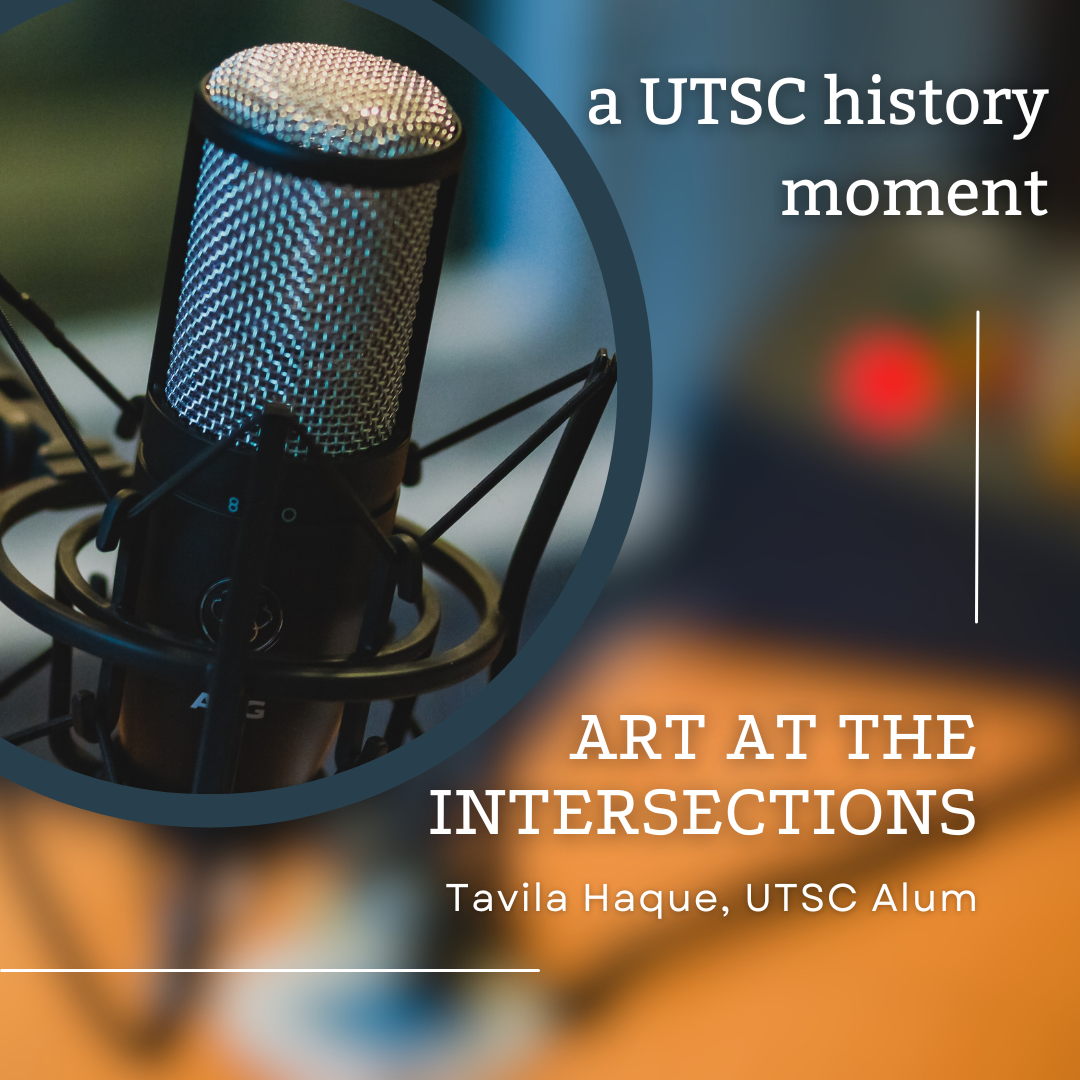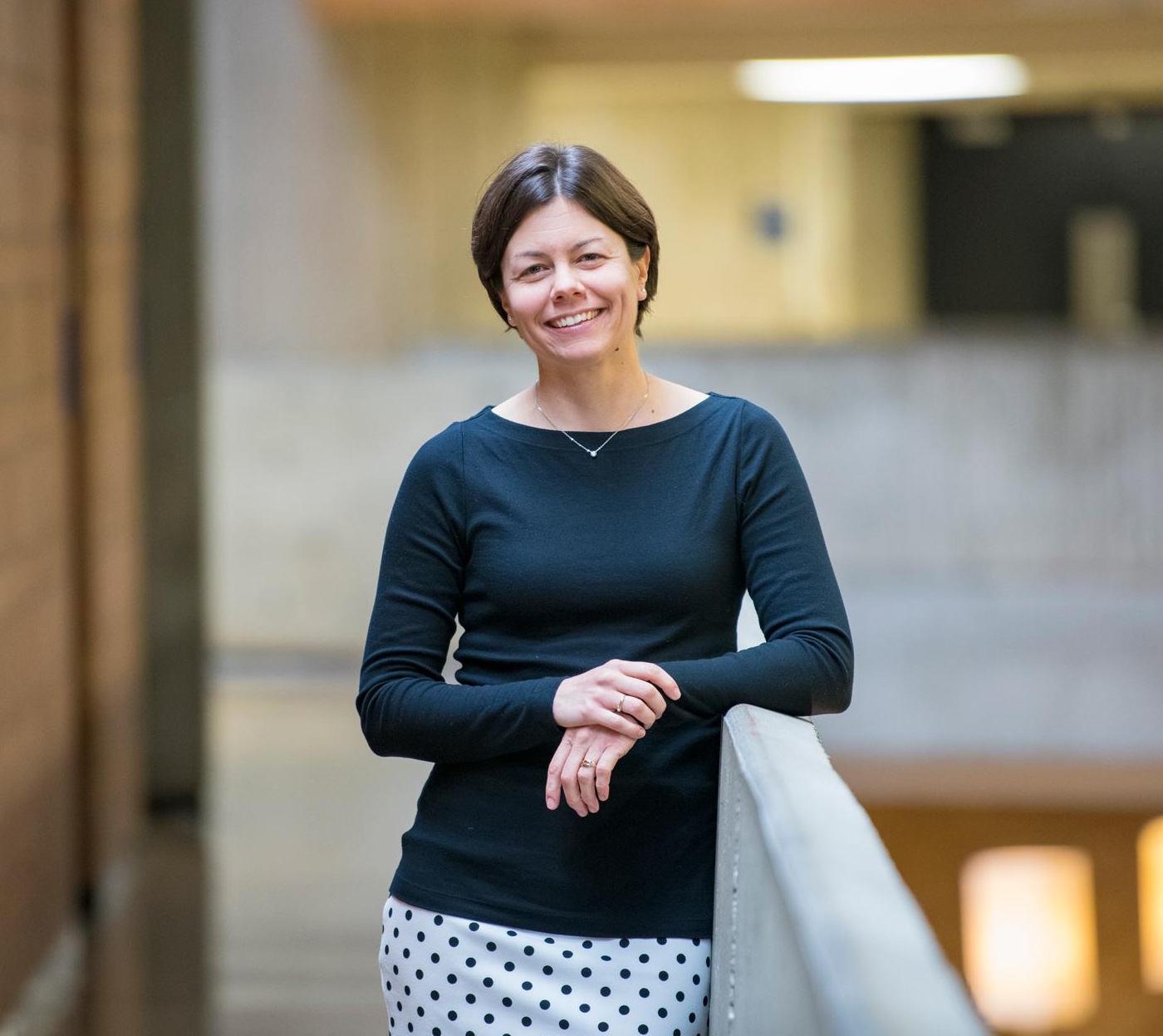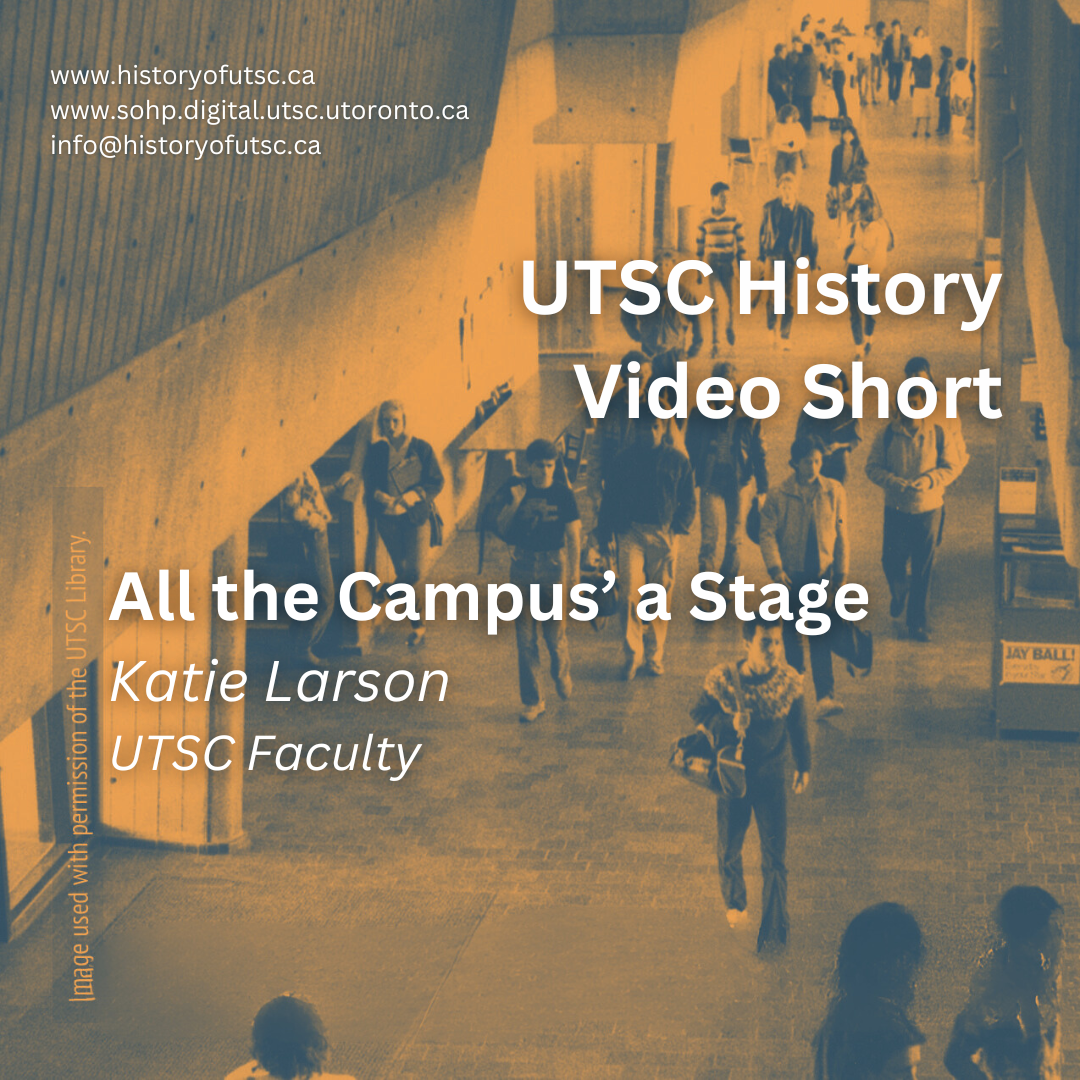Will Kwan, a UTSC alum who currently works as an Associate Professor in the Department of Arts, Culture, and Media, shares memories of his time working as an undergraduate student in the Fine Arts Studio, which was once housed in the space now occupied by the UTSC Bookstore.
View Transcript
0:05
The space that was most important was the old Fine Arts Studio, which was in the space which is now occupied by the UTSC Bookstore.
0:14
And that space was where I spent maybe 40, 50 hours a week. Especially when there were projects due.
0:25
But it wasn’t because of deadlines. It was just this incredible space that visual arts students could make their — there were aspects of it where you could make it really feel like your space. It was your home.
0:39
So, the front part of the space, when you enter the bookstore, where the bookstore is now with a large bank of windows on two of the exterior walls, was where there was a kind of multipurpose teaching studio where painting and drawing was taught.
0:55
But it was also a studio space where more experimental classes, like performance and video, were taught.
1:01
Towards where the cash registers are now, that was a more enclosed space for printmaking and in there, there were these large tables and storage cabinets and printing presses because, back then, there were printmaking courses taught
1:18
by a faculty member named Don Holman, who was a master printer. And then, next to that, there was this smaller studio space, which was a kind of open space
1:29
and that was where the lockers were for students. And they weren’t these metal lockers that you’d find in the hallways on the campus now.
1:38
They were these larger kind of cubby holes with doors and locks and they were large enough to put all of your junk into. All your supplies, but all of your stuff.
1:49
So, you could really kind of squat that space because you could, you know, fill it with all the things you needed. You could put food in it. You could put blankets in it if you were gonna stay really late and you needed to take a nap, that kind of thing.
2:03
So, that was really great. And, that back space, you could work in at all times because classes weren’t taught in there.
2:09
So that, I guess I was explaining earlier, that space was really kind of grungy and grimy in the way that really good studio spaces, workspaces, are at art schools. And, it wasn’t messy, it was you know, it was organized and tidy, but it had all those traces of all the students who had used it before.
2:32
So, it felt like a place with a real sense of history and community. And, anybody who wanted to leave a trace there, could. Make little works and they weren’t even assignments.
2:44
We would just kind of do something up in a corner or, it wasn’t graffiti, it was more like little kind of weird experiments and hanging things up here and there.
2:53
So, it was this kind of incredible space where you could, it was kinda like your room. Your room at home, you can kind of just do stuff to it. [Chuckles] It was kinda like that, I guess.
3:04
But the other thing was that we would spend a lot of time in there and we would work very late into the night and there was a group of us that was just always there.
3:14
We’d have dinner there. We would work late into the night. And I don’t know, when you spend day and night in a place, it becomes part of you in a strange way, so it’s a place, I’ll never forget it.
3:29
I’ll never really see the bookstore as the bookstore. That was the space at UTSC that is ingrained in my mind.




